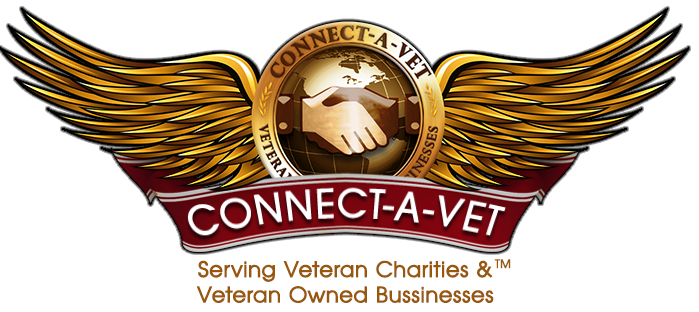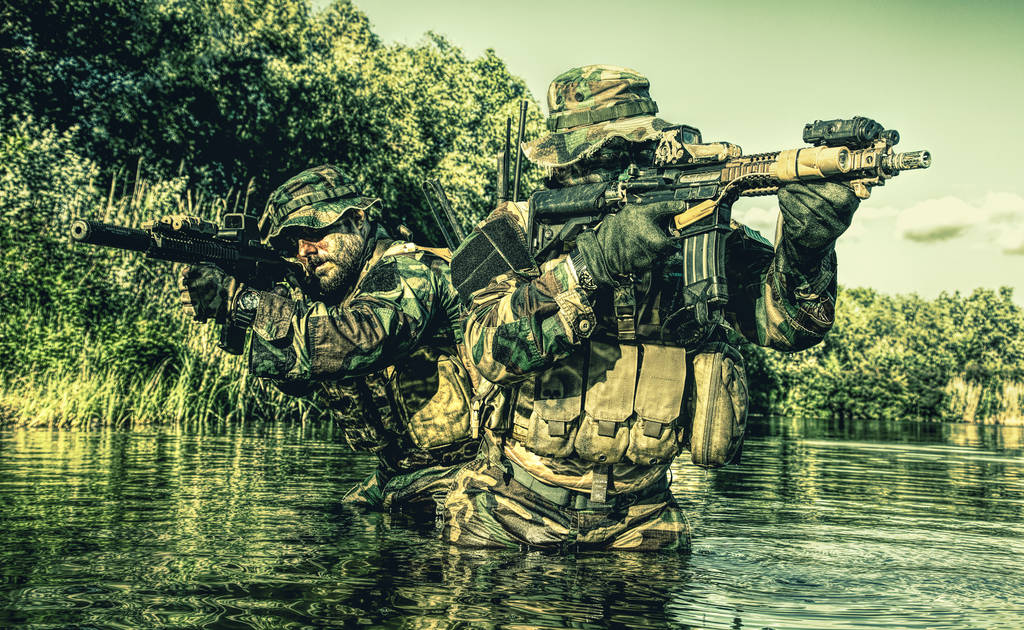Inclusion of military women in combat roles and Special Forces units, traditionally reserved for men, marks a significant evolution in the modern military landscape. Historically, combat roles have been predominantly male-dominated, shaped by longstanding beliefs that women lack the physical strength and mental fortitude required for the extreme demands of these positions. However, the evolving nature of warfare, combined with changing societal views on gender equality, has led to a
reassessment of these roles. In recent decades, various militaries around the world have opened their combat and Special Forces units to women, acknowledging that the qualities needed for success in these roles—courage, strategic thinking, resilience, and leadership—are not confined to any one gender.
The inclusion of women in these elite units is not without its challenges. Critics argue that integrating women into these historically male spaces could lead to issues of unit cohesion, physical standards, and operational effectiveness. There are concerns about whether physical standards would need to be adjusted, potentially lowering the bar for all soldiers, and whether mixed-gender units would face unique challenges in the field. On the other hand, proponents of gender inclusion in combat roles argue that it is essential for ensuring that the military can draw from the widest possible talent pool. They point to the success of women who have already passed rigorous selection processes in various countries, demonstrating that they are fully capable of meeting the same standards as their male counterparts.
This shift toward inclusivity in combat roles and Special Forces is also reflective of broader societal trends toward gender equality. It represents a significant step forward in breaking down the institutional barriers that have long limited women’s roles in the military. The ongoing integration of women into these units not only enhances operational capability by leveraging diverse perspectives and skills but also serves as a powerful statement about the evolving role of women in society at
large. As more women take on these challenging roles, they pave the way for future generations, demonstrating that with the right training and support, gender is no barrier to serving at the highest levels of military excellence.
Historical Context
In 2015, the U.S. Department of Defense lifted the ban on women serving in combat roles, allowing them to serve in all military positions, including those in direct ground combat. This decision was based on the principle of equal opportunity and the recognition of women’s capabilities and contributions in various military roles.
Acceptance is Not an Automatic Shoo-In:
The inclusion of women, as well as men, into combat roles and Special Ops units—historically are reserved for men, and requires rigorous and stringent qualification processes. Unlike some initiatives where diversity is pursued through quota systems, the integration of women into these elite units is not about simply meeting numbers or achieving gender balance for its own sake. Instead, it is about
ensuring that every individual, regardless of gender, meets the demanding standards required for these high-stakes roles. This distinction is critical to understanding the true nature of inclusion within these military contexts: it is based on merit, capability, and the readiness to face the extreme challenges that combat and special operations entail.
Both men and women who aspire to join these units must undergo comprehensive educational training designed to prepare them for the physical, mental, and emotional demands of combat. This training is not tailored to accommodate gender differences but is standardized to ensure that all candidates—male or female—are equally capable of executing the mission under the most intense conditions. The process includes grueling physical tests, such as endurance marches, obstacle
courses, and strength assessments, alongside mental evaluations that measure psychological resilience, decision-making under pressure, and the ability to work as part of a cohesive team. Only those who pass these rigorous tests are considered for inclusion, ensuring that the operational effectiveness of the unit is maintained at the highest level.
The emphasis on qualification rather than quota is crucial for maintaining the integrity and effectiveness of these combat and special forces units. While promoting diversity and inclusion is a valuable goal, it cannot come at the expense of the mission. By focusing on individual qualifications, the military ensures that every member of the unit is there because they have earned their place, not because they fill a statistical requirement. This approach fosters respect among team members, who know that their comrades, regardless of gender, have proven themselves capable of performing under the same extreme conditions. It also protects the operational capability of the unit, as every member is fully prepared to contribute to the mission’s success. This merit-based inclusion ultimately strengthens the military as a whole, creating a force that is both diverse and exceptionally capable.
Impact on Men in Units
The integration of women into combat roles has had mixed effects on male service members:
- Positive Effects: Many male personnel have reported that women bring diverse perspectives and skills, enhancing problem-solving and decision- making within units. Women have also proven their competence and resilience, earning respect from their male counterparts.
- Challenges: Some men have expressed concerns about physical standards, unit cohesion, and the potential for gender-related issues. There have been instances of resistance and skepticism, particularly in traditionally male-dominated environments.
Inclusion in Special Operations Forces (SOF)
(Include such units as Green Berets, Delta Force, 75th Rangers, Army ISA, SEAL Team 6, Navy Seals, USMC Force Reconnaissance, USMC Fleet Anti-Terrorism Security Team, USMC ANGLICO, MARSOC Raiders, USAF Pararescuemen (PJs), The Night Stalkers.) These are all units in the past have been reserved strictly for men.
Although, women have not conquered a standing in all of these units, they are well on their way to successfully being accepted in each one. Current Status Women have been allowed to attempt entry into various special forces units, but their presence remains limited:
- Army: Three women have graduated from the Special Forces Qualification Course, earning the Green Beret.
- Navy: A few women have entered the training pipeline for Navy SEALs, but none have completed the training.
- Air Force: Several women have successfully joined special tactics, combat rescue, and pararescue units.
- Marine Corps: Women have attempted Marine Raider training, but none have secured positions on Raider teams.
Roles and Acceptance
Women in special forces often serve in support roles, such as intelligence, communications, and medical positions. Their acceptance varies, with some units embracing diversity and others showing resistance due to concerns about physical standards and unit cohesion.
Gender and Sexual Harassment
Gender and sexual harassment remain concerns in the military. Efforts to address these issues include:
- Training and Education: Programs to promote respect and prevent harassment.
- Reporting Mechanisms: Systems to report and address incidents of harassment.
- Cultural Change: Initiatives to foster an inclusive and respectful environment.
Pros and Cons of Inclusion
Pros
- Diverse Perspectives: Women bring different viewpoints and problem-solving approaches.
- Enhanced Capabilities: Women have proven their abilities in various combat and support roles.
- Equal Opportunity: Promotes gender equality and allows women to pursue their career aspirations.
Cons
- Physical Standards: Concerns about whether women can meet the same physical demands as men.
- Unit Cohesion: Potential challenges in integrating women into traditionally male-dominated units.
- Operational Readiness: Issues related to pregnancy and other gender-specific factors.
In Conclusion, The inclusion of women in combat roles and Special Operations Forces, once reserved exclusively for men, marks a significant evolution in military history and reflects broader societal shifts toward gender equality. This process, while complex and ongoing, has demonstrated that the qualities required for success in these elite units—such as resilience, strategic thinking, and
leadership—are not confined to any one gender. Historically, the exclusion of women from these roles was based on deeply ingrained beliefs about gender capabilities, but as more women have proven their competence, these barriers have begun to crumble. The term “Special Operations Forces” (SOF) best describes these elite units, encompassing groups like the Green Berets, Delta Force, SEALs, and others, across all branches of the military. The integration of women into these roles, though not without its challenges, offers significant benefits in terms of diversity and equal opportunity, enhancing military effectiveness by drawing from the widest possible talent pool. Ongoing efforts to address and mitigate any issues that arise in this process underscore the commitment to creating a more inclusive and capable military. This progress is not just a reflection of changing times but a testament to the enduring values of meritocracy and opportunity, paving the way for a future where individuals are judged by their skills and potential rather than outdated notions of gender.

